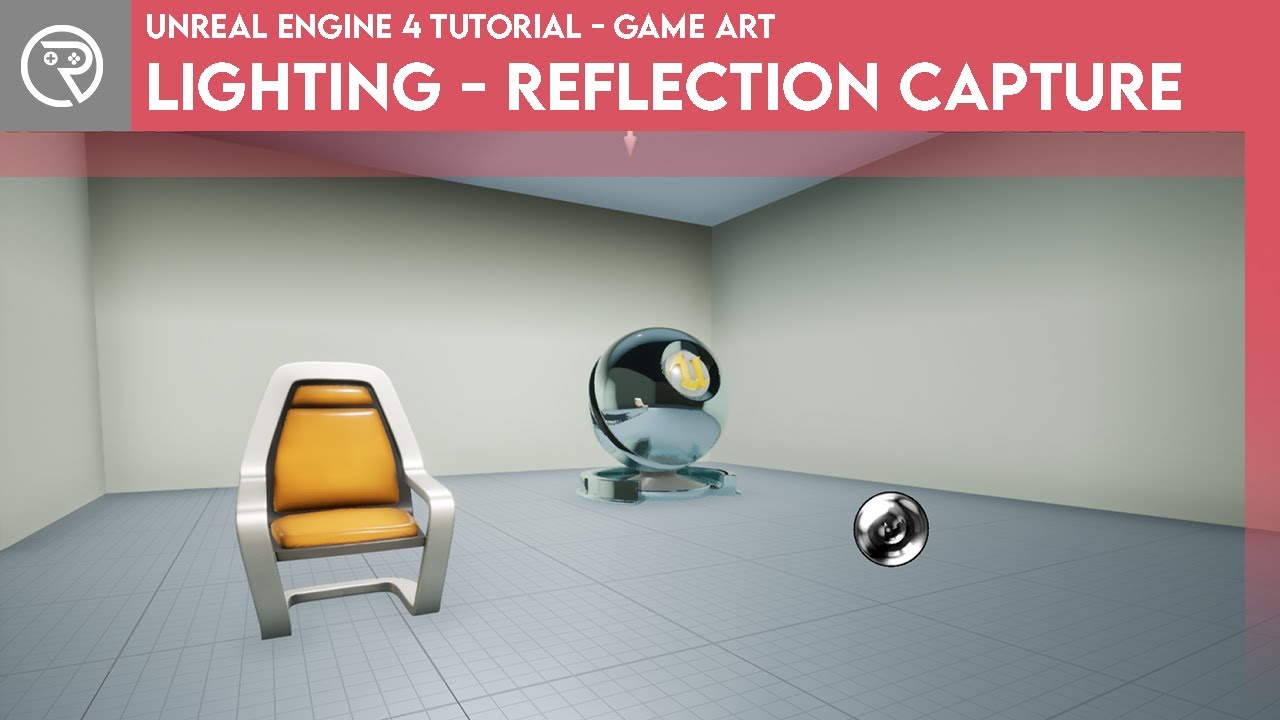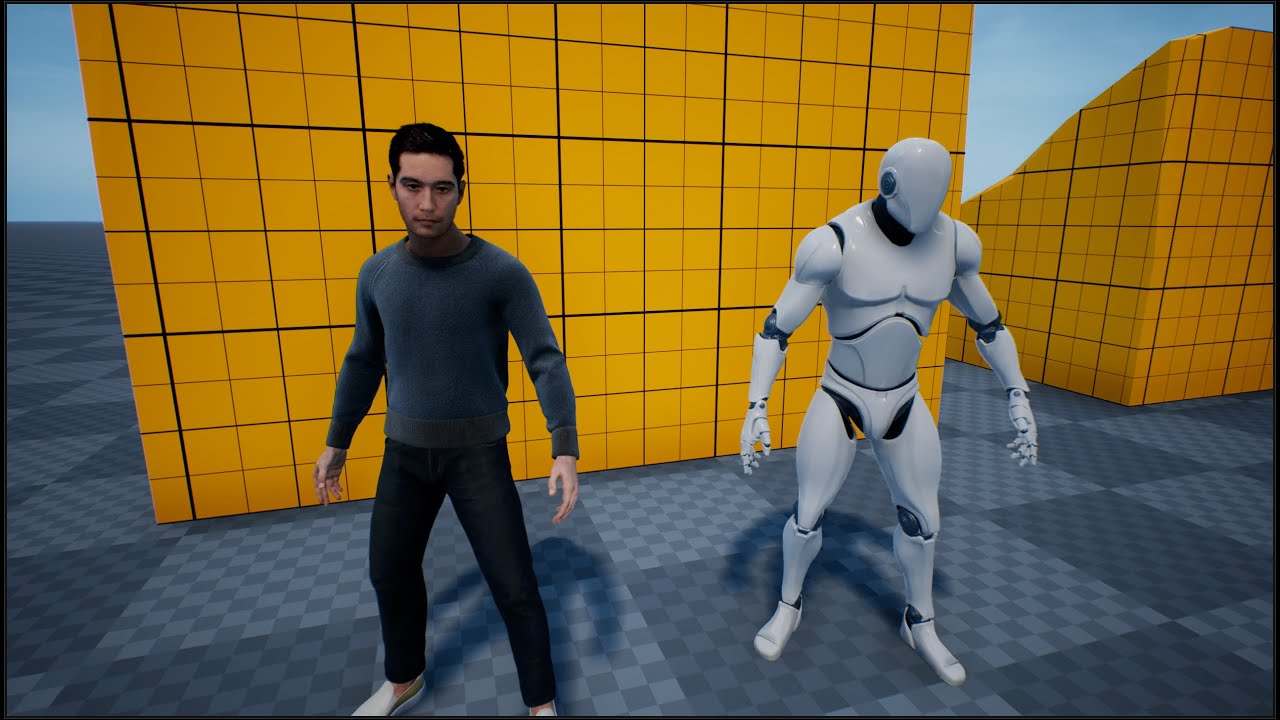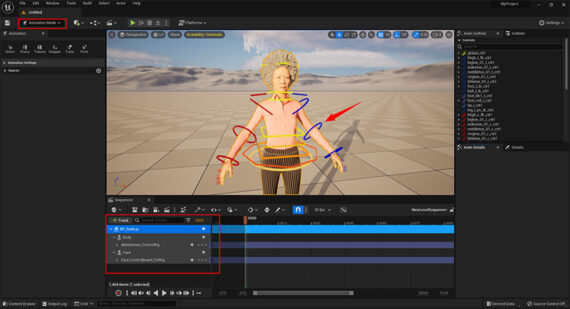Unreal Engine 5.5: A Game-Changing Revolution in Animation, Metahumans, and Virtual Realities
With the release of Unreal Engine 5.5, we are witnessing the culmination of years of research and development in the world of animation, CGI, and virtual environments. As an all-in-one solution, Unreal Engine offers something for everyone—whether you’re a game developer, filmmaker, or someone dabbling in 3D character creation. Given my background in artificial intelligence and technology, I find it fascinating how this advancement is providing an intuitive and powerful platform that seamlessly blends creative and technical aspects.
Unreal Engine has been free for most users and applications, making its powerful tools accessible on a broad scale. However, Unreal Engine 5.5 has taken things to an entirely new level by introducing not just upgrades in animated characters or visual fidelity but, more importantly, a more integrated and customizable experience for users of all industries.
Real-Time Reflections and Lighting: A New Benchmark in Visual Fidelity
The first major breakthrough in Unreal Engine 5.5 is its real-time lighting and reflections, allowing for stunningly realistic environments that can be manipulated in real time. Whether you’re animating a character or adjusting the lighting in a car simulation, the reflections in the viewport adjust as you move or create objects.
What’s particularly amazing here is that this isn’t just basic lighting—these are real-time reflections with ray-tracing capabilities. For those unfamiliar, ray tracing simulates the way light moves in a scene, resulting in incredibly realistic visuals. In previous versions of Unreal Engine, ray tracing required significant computational resources and sometimes, patience. Now, users can toggle between fast, real-time lighting and full light transport simulations, which virtually eliminates the need to choose between speed and visual quality.
< >
>
Revolutionizing Character Animation: Meet the Metahuman Animator
One of the more exciting developments is the Metahuman Animator in Unreal Engine 5.5. Metahumans, for those who may not know, are hyper-realistic digital humans that are customizable down to the smallest detail. The new animator tool allows users to capture live performance data and generate stunning facial animations with ease. Turn yourself or an actor into a completely virtual version and watch as every smile, smirk, or gesture translates with pinpoint accuracy into the digital world.
Previously, this level of facial animation was something that required deep expertise and resources geared toward a small percentage of users working in AAA gaming or Hollywood studios. Now, as a person who’s worked extensively with AI-driven technologies, I see this as a massive leap for both hobbyists and professionals.
< ]>
]>
No More Start-From-Scratch: Spatiotemporal Noise Filtering
Another development that caught my attention is spatiotemporal noise filtering. Traditional noise-filtering algorithms typically work on a frame-by-frame basis, meaning that even if you rendered a clean frame, you’d largely have to process noise again on the next frame. This burden has long been a significant Achilles’ heel in the animation and CGI world.
Spatiotemporal noise filtering solves this by leveraging information from previous frames to “clean” the noise of the current one more efficiently. This is particularly groundbreaking because it translates to shorter rendering times without sacrificing visual fidelity. As someone who developed machine learning models for self-driving robots, I can firmly say that this method aligns with the evolutionary leap happening in real-world AI, where incremental gains between datasets are applied progressively rather than having to retrain models from scratch.
Beyond Gaming: Unreal’s Impact on Film and Beyond
While Unreal Engine started in the gaming space, it’s now an indispensable tool for film production. The virtual sets seen in “The Mandalorian” are a prime example of how real-time engines like Unreal are disrupting traditional film production. With the advent of full scene simulations that include everything from advanced VFX environments to liquid and muscle simulations, creativity is no longer bound by practicality.
The Unreal team’s commitment to making this all run at interactive speeds is particularly impressive. Even I’ve experimented with large-scale AI models like those developed during my time at Microsoft and found it remarkable how well “live” systems perform today. The barrier between research, experimentation, and actual product deployment has blurred, enabling everyone from independent creators to established studios an equal opportunity to create stunning real-time environments.
<
>
Integrations and Mobile Platform Testing
For developers working on mobile platforms, a unique feature that Unreal Engine 5.5 brings is the ability to emulate different devices in real time. This means you can quickly switch between test environments and see what your game will look like on an older phone versus the latest flagship device. The ability to test and optimize your applications across multiple configurations with just a click offers significant advantages for mobile game developers.
Why Unreal Engine 5.5 Is a Breakthrough
Unreal Engine 5.5 represents not just an incremental update but a substantial leap for creators across industries. Whether you’re developing games for mobile platforms, producing a full-length feature, or working on advanced simulations, Unreal Engine democratizes access to cutting-edge technology. The integration of faster, real-time performance with photorealistic outcomes—coupled with spatiotemporal noise filtering and Metahuman Animator—is pushing the boundaries of what’s possible in a digital environment.
As I observe the convergence of such technologies with AI, it excites me for what lies ahead. While quantum computing holds the promise of revolutionizing artificial intelligence (as I discussed in a previous blog post), it’s important to keep a close eye on more immediate game-changers like Unreal Engine 5.5. It’s incredible to think how much we can now do, from simple app testing to full film production—all from a single, evolving platform.
In closing, Unreal Engine 5.5 is merely scratching the surface of what’s possible. Whether you aim to harness AI within game development, research applications, or just create stunning visual experiences, the potential is only growing from here. I can’t wait to see where we all take it next.
< >
>
Focus Keyphrase: Unreal Engine 5.5 Features